In many parts of the UK, steps are being taken to upgrade municipal water treatment works to improve and futureproof drinking water quality for local residents. However, implementing a solution for drinking water purification that can sufficiently reduce micropollutants and other substances to a safe level in an environmentally positive way, can be a challenge. Here, we take a look at the most common contaminants found in UK waters and how our Actiflo® range can help to provide clean, safe drinking water.

Most micropollutants enter the environment as a result of human activity. They encompass a wide variety of different chemicals and substances from sources such as industrial processes, agriculture, household cleaning, personal care products and pharmaceuticals. Many micropollutants have known or suspected adverse effects to both the environment and our health. While they are currently in very low concentrations in UK waters, they are still potentially harmful.
The levels of these micropollutants in the environment are not widely monitored and micropollutants cannot be reduced correctly in drinking water plants without a specific treatment step. However, working to reduce these substances as much as possible is crucial to public health.
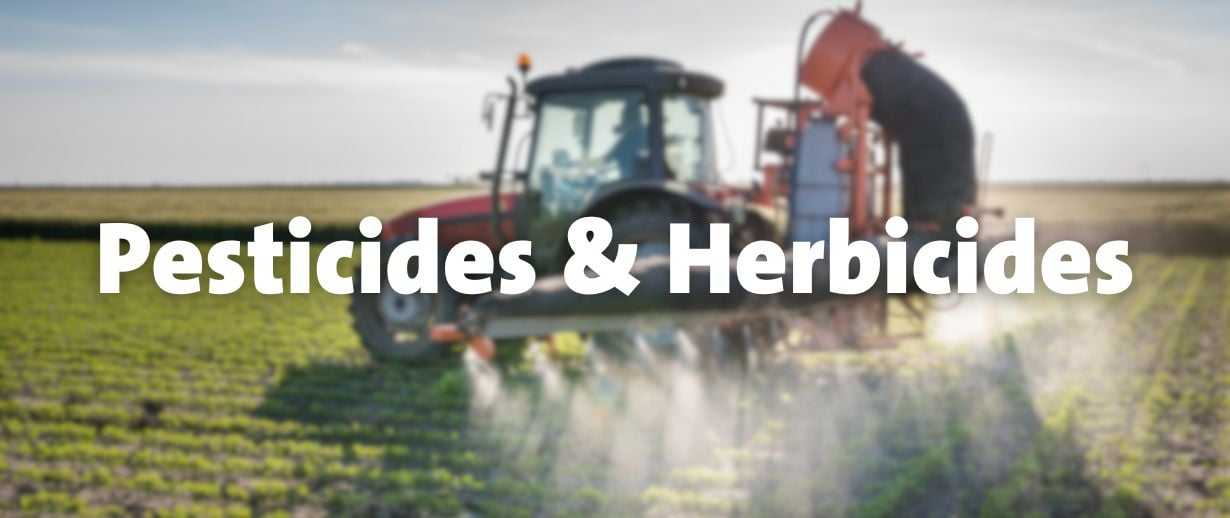
Pesticides can be toxic to humans, with both acute and chronic side effects, depending on the level of exposure1. To combat this, most individual pesticides have a maximum permitted concentration for drinking water of 0.1 µg/l. Furthermore, there is a standard set for total pesticides (the sum of all the individual pesticides in one sample) of 0.5 µg/l, as well as a number of tighter consent levels for four specific banned organochlorine pesticides.
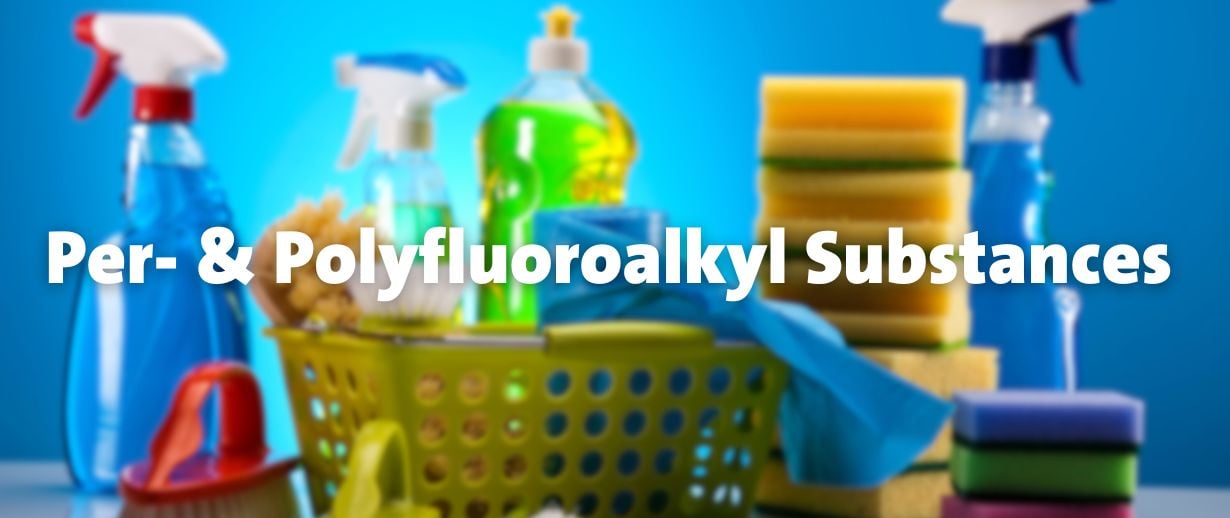
Water companies are also now required to monitor and reduce per- and polyfluoroalkyl substances2. Known collectively as PFAS and termed “forever chemicals” for their inability to break down over time, per- and polyfluoroalkyl substances are used in kitchen products, as well as carpets and coatings for their water and grease-repellent properties. When consumed, PFAS can cause issues like liver damage, thyroid disease, obesity, fertility issues and cancer3. In July 2022 the Drinking Water Inspectorate published guidance – which water companies are required to comply with – to monitor PFAS as a potential hazard. The list of PFAS compounds will regularly be reviewed with a view to adding or removing compounds as necessary. This guidance includes a three-tiered risk assessment with specific actions for water companies according to concentrations of any PFAS in final water (<0.01 µg/l., <0.1 µg/l or ≥0.1 µg/l). These actions include (dependent on tier) monitoring PFAS at set regular intervals, and making sure identified PFAS are considered as part of a statutory risk assessment. This list of actions is not exhaustive; all necessary actions to investigate the source of the PFAS and reduce concentrations below 0.1 µg/L for each identified PFAS in water supplied to consumers must be taken.
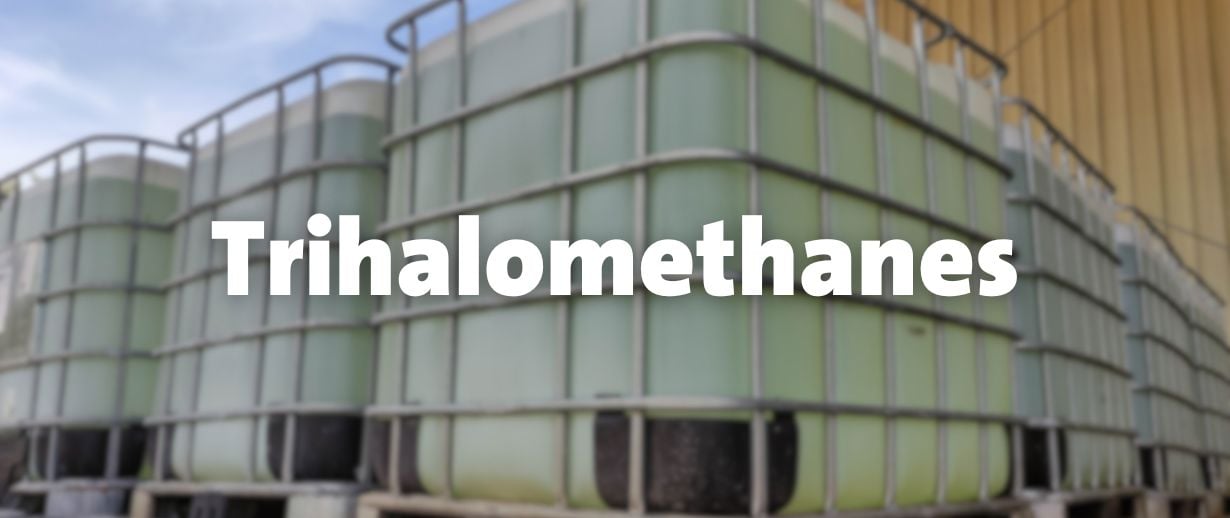
Water treatment plants must also work to control trihalomethane (THM) levels in drinking water, as per the requirements of the Water Supply (Water Quality)(Amendment) Regulations 20184. THMs form when the chlorine that is added to water treated for drinking water application to kill bacteria and viruses reacts with naturally occurring organic substances. These THMs can then be ingested or inhaled, with some studies suggesting a link between long-term THM exposure and cancer5. While these studies are not conclusive – and the benefits in terms of removing bacteria are felt to outweigh the risks – there is a legal limit to total THM in drinking water that must be adhered to of 100 µg/l.
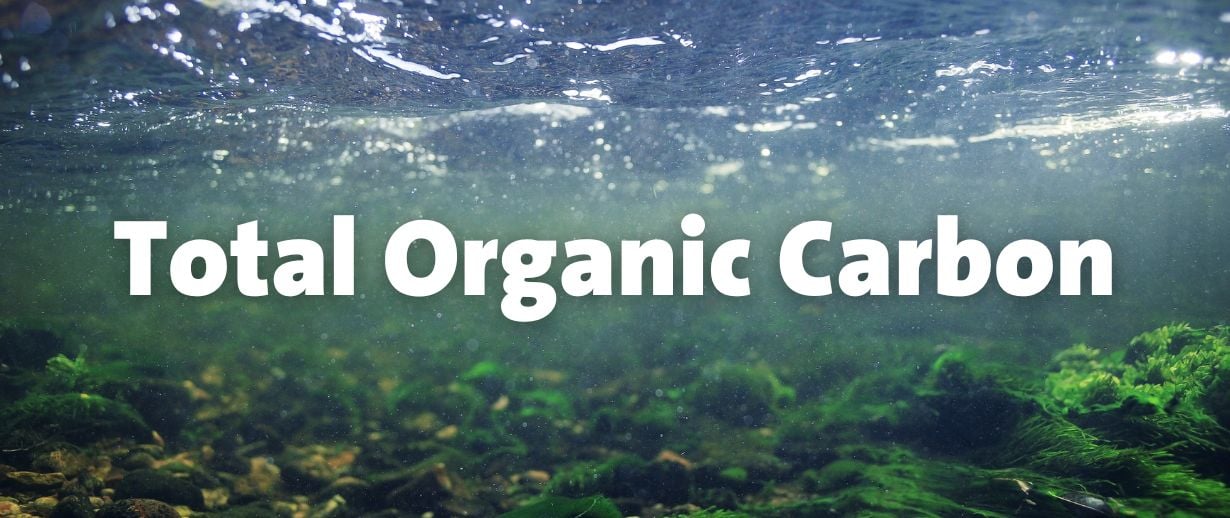
Another consideration is total organic carbon (TOC) – a term covering all organic or carbon-containing substances in water. TOC is not necessarily toxic to humans, but in high concentrations, it can impact ecosystems by suffocating fish and plant life, as well as causing damage to water treatment equipment. Furthermore, reducing TOC can help remove the likelihood of THM generation when chlorine is used for disinfection. While TOC is not specifically regulated in the UK, the Water Supply (Water Quality) Regulations 2018 state that at the point of supply there should be ‘no abnormal change’ in level of TOC detected.
Our Solution - Actiflo® Carb
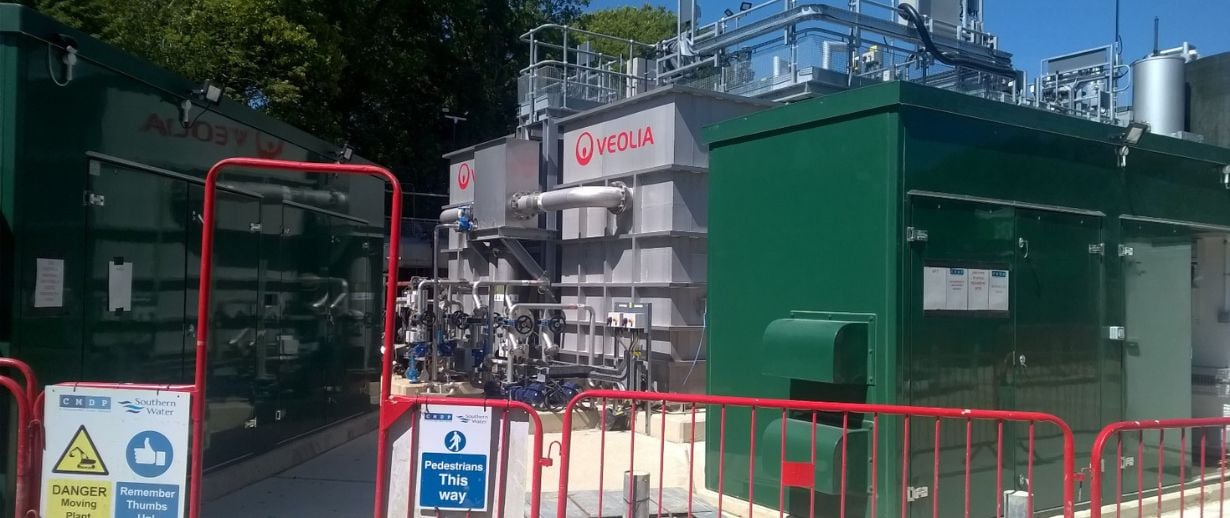
At Veolia Water Technologies UK, we have a wide range of technologies available for drinking water treatment and also offer end-to-end project support including assessment of existing plants, design services, technical assistance and ongoing service and maintenance support. This includes our digital monitoring system, Hubgrade, which can be integrated across an entire water treatment facility, providing remote support, 24-7 real-time data and predictive analytics.
Our Actiflo Carb utilises Veolia’s standard patented Actiflo small footprint sand ballasted flocculation technology in conjunction with a powdered activated carbon (PAC) step. Combined, these treatment methods can reduce non-flocculable organic matter, taste and odour compounds, pesticides and other emerging micropollutants - ensuring the production of high-quality drinking water.
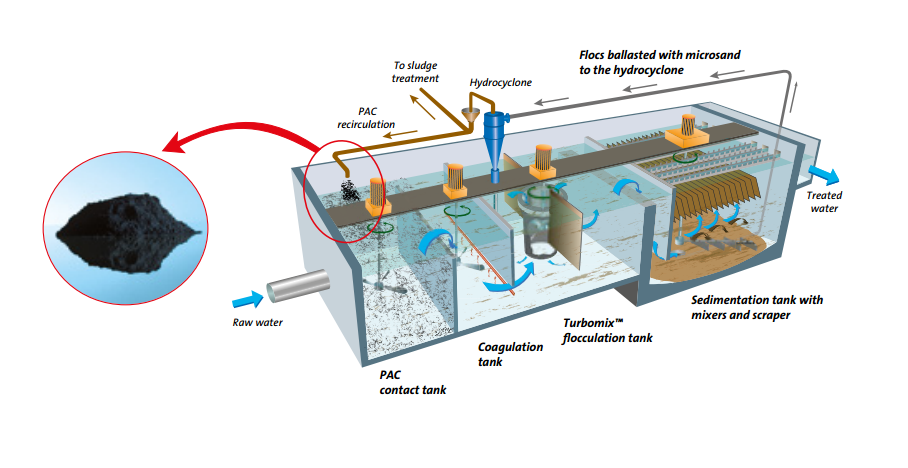
Actiflo Carb is a compact and flexible solution, ideal for sites where space is at a premium. Plus, due to its ability to recirculate PAC, it is cost-effective compared to other conventional inline dosing methods. Actiflo Carb has already been implemented at a number of plants across Europe, with excellent results both as a stand-alone system and also in conjunction with other Veolia Water Technologies UK equipment like the Hydrotech Performance Disc Filter.
Take the first step towards ensuring the highest quality of drinking water for your community. Read more or contact one of our experts on drinking water treatment, here.
References
1 https://www.who.int/news-room/fact-sheets/detail/pesticide-residues-in-food
2 https://dwi-content.s3.eu-west-2.amazonaws.com/wp-content/uploads/2023/01/13123351/IL_03-2022_PFAS_Guidance-4-1.pdf
3 https://www.eea.europa.eu/help/faq/what-are-pfas-and-how
4 https://www.anglianwater.co.uk/siteassets/household/services/dwq-standards.pdf
5 https://www.hse.ie/eng/health/hl/water/drinkingwater/trihalomethanes/